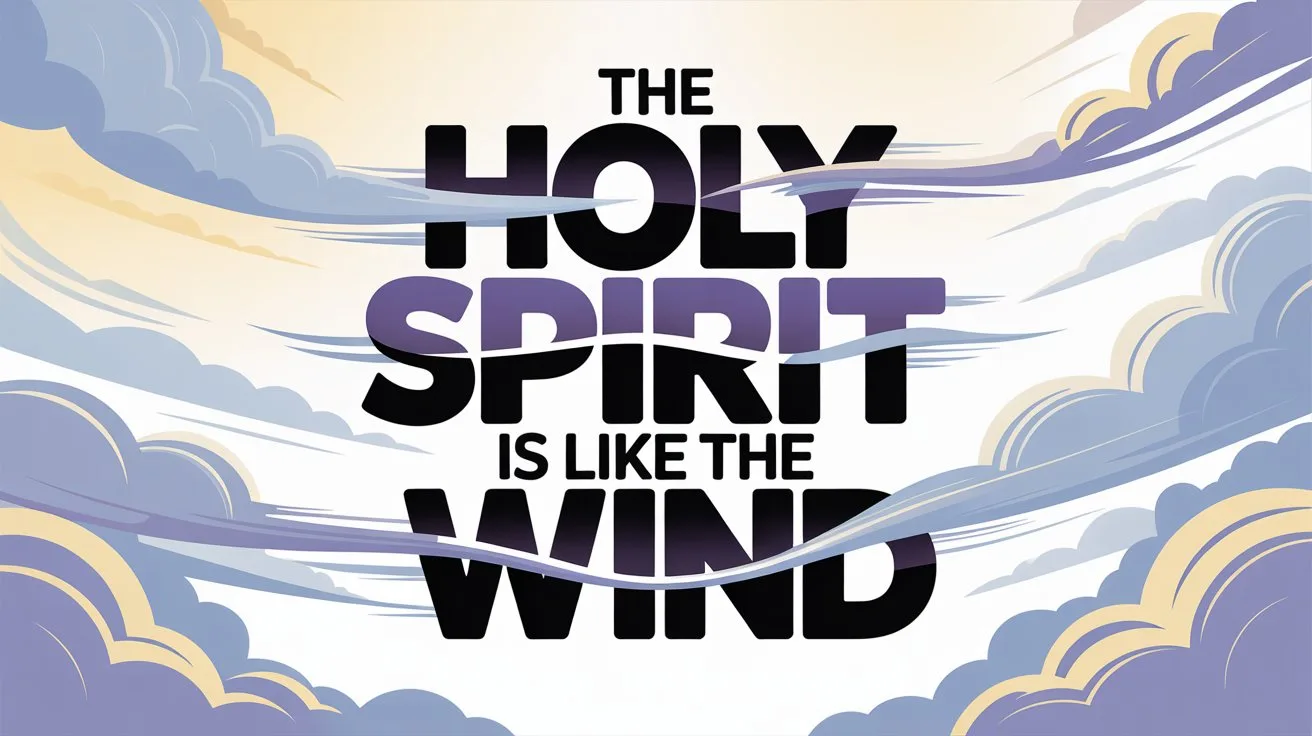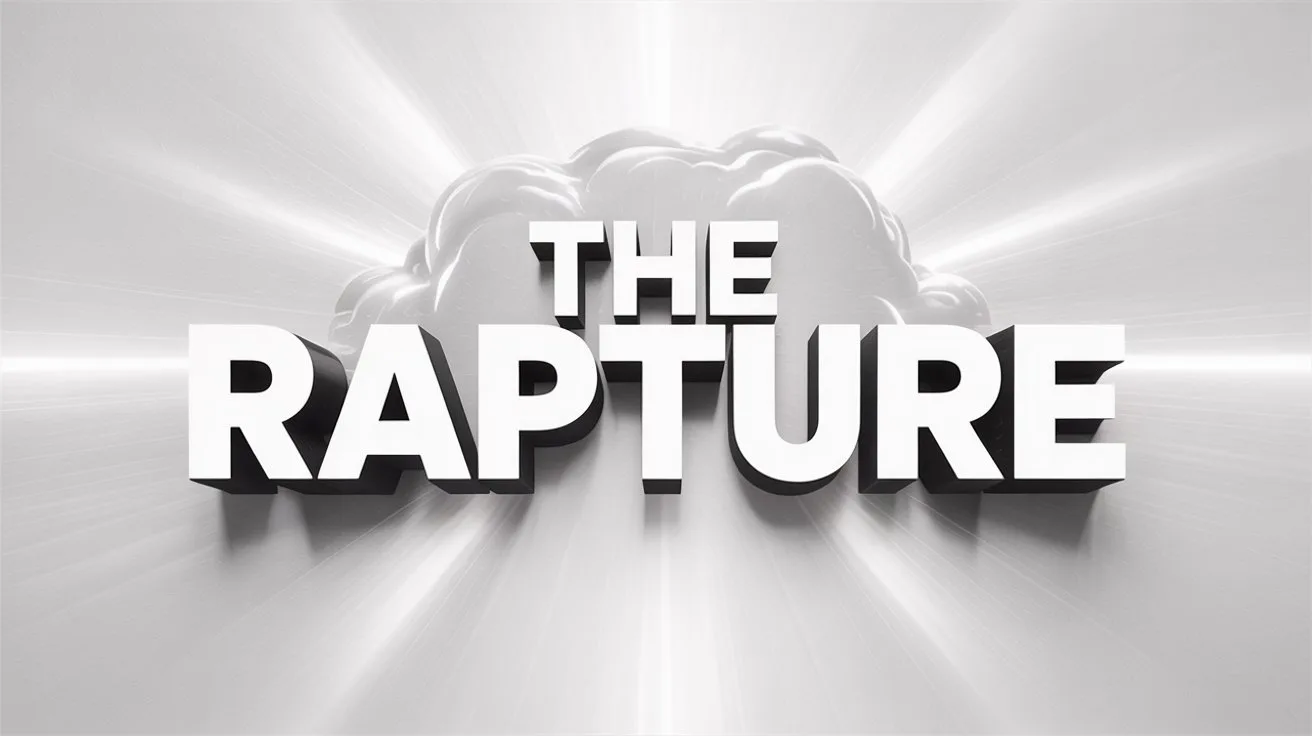Locusts in the Bible are most often symbols of judgment, devastation, and divine warning, though they also appear in contexts of provision and prophetic imagery.
One of the earliest and most dramatic appearances is during the plagues of Egypt. In Exodus 10:4–5, God warned Pharaoh:
“Or else, if you refuse to let My people go, behold, tomorrow I will bring locusts into your territory… they shall cover the face of the earth, so that no one will be able to see the earth…”
The locust plague was a divine act of judgment, consuming all vegetation left after previous plagues. It displayed God’s power over Egypt’s gods and His authority in delivering Israel.
In the book of Joel, locusts are again used as instruments of judgment. Joel 1:4 declares:
“What the chewing locust left, the swarming locust has eaten; what the swarming locust left, the crawling locust has eaten…”
Joel describes a total agricultural collapse due to successive waves of locusts, calling the people to repentance. Yet, in Joel 2:25, God promises restoration:
“So I will restore to you the years that the swarming locust has eaten…”
Here, locusts represent loss and discipline, but also God’s mercy in renewal.
In the New Testament, John the Baptist is described as eating “locusts and wild honey” (Matthew 3:4), showing his separation from worldly comforts and his prophetic lifestyle.
In Revelation 9, a symbolic and terrifying vision of locusts emerges from the bottomless pit, representing demons/”>demonic forces during the fifth trumpet judgment. These are not natural insects, but apocalyptic agents of torment:
“Then out of the smoke locusts came upon the earth… their torment was like the torment of a scorpion…” (Revelation 9:3–5)
Overall, locusts symbolize destruction, divine warning, and in prophetic vision, spiritual judgment. Yet they are also used by God to call people to repentance and trust in His power to restore.







